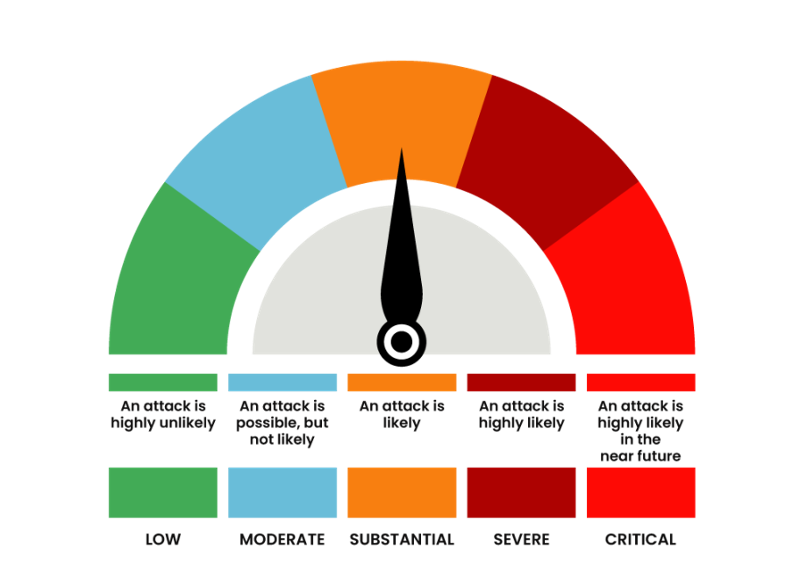Critical Incident Management Planning (CIMP)
We can support you and your business in developing a Critical Incident Management Plan that is relevant to your organisation, locations and culture. We can also offer the training required to develop awareness and understanding at the appropriate level, culminating in larger scale training events, such as a Table-Top Exercise that further develops the organisations capability to respond effectively.
We can support organisations with good practice on how to prepare for, anticipate, respond to and recover from a crisis. This is achieved through guiding organisations through the planning and preparation to help establish, maintain, review and continually improve a crisis management capability at the strategic, tactical and operational level. It includes consideration of:
- Context, core concepts, principles and challenges
- Developing an organisation’s crisis management capability
- Crisis leadership at three distinct leaves
- The decision-making challenges and complexities facing a crisis team in action
- Crisis communication
- Training, validation and learning from crises
Whilst you can maximise de-risking your operation by realistic and robust processes, it is difficult to foresee the ‘black swan’ type events like the tragic fire at Grenfell Tower, or recent events at Epsom College. That said, how the organisation planned, prepared and responds to such critical incidents, often determines the viability of the business moving forward. The ability to respond to low probability, high consequence events is no different to having insurance. I don’t meet many businesses that don’t have some level of insurance but over the years I have experienced many that have not considered the low probability, high consequence events to their detriment.

An Employer's worst nightmare is a serious incident that is likely to cause reputational damage to the organisation. We can assist in the planning, preparation and training for a wide range of critical incidents, which will mitigate negative consequences and allow the organisation to resume ‘business as usual’ at the earliest opportunity.
